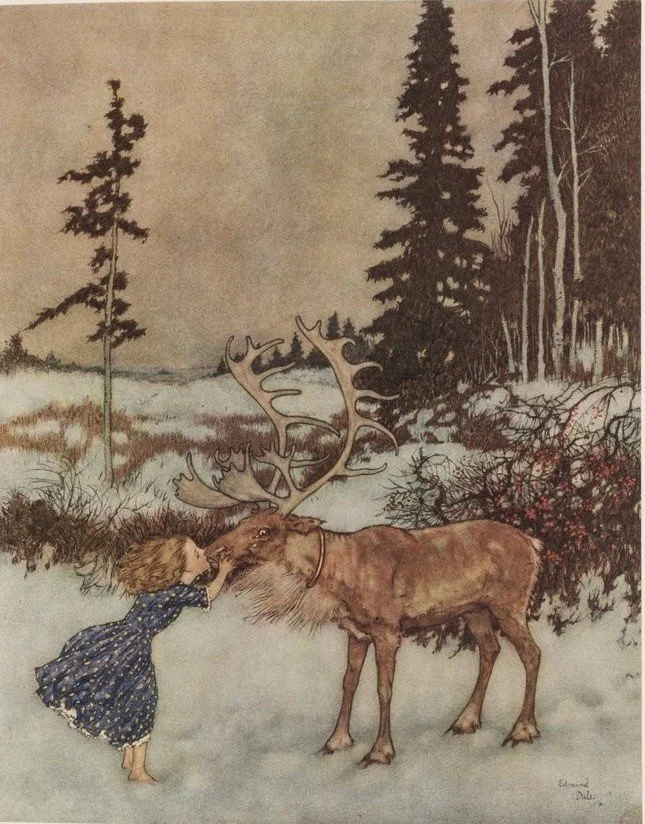Welcome to our February Newsletter!
Gerda kisses the reindeer, Edmond Dulac (1911), Bibliotheque national de France
We hope you have been keeping warm, and enjoying some of the recent snow days. We at Sarasa are excited to be preparing for our upcoming March concert-set, “Night at the Opera,” the penultimate program of our 2024-25 season! High drama abounds in some very dynamic works for string quartet by Wolfgang Amadeus Mozart, and two of his contemporaries: the little known Frenchman Hyacinthe Jadin (1776-1800) and the Italian Carlo Monza (1735-1801). Read more below about these amazing, yet rarely performed composers and the pieces we will be performing.
Works for string quartet by Hyacinthe Jadin, Carlo Monza & Wolfgang Amadeus Mozart
Friday, March 7, 2025 at 7pm at Brattleboro Music Center, Brattleboro VT (tickets at bmcvt.org)
Saturday, March 8, 2025 at 7pm at Friends Meeting House, Cambridge
Sunday, March 9, 2025 at 3:30pm at Follen Community Church, Lexington
With Julia Glenn, Susanna Ogata, violins; Anna Griffis, viola; Jennifer Morsches, cello.
Get your tickets today!
What’s in a name?
The title of our March program was inspired by two great acts of the 20th Century: The Marx Brothers and the British rock group, Queen. The Marx Brothers’ comedy film A Night at the Opera premiered in 1935, and was the motivation behind the title of Queen’s ground-breaking 1975 studio album with the same name, which features the hit, Bohemian Rhapsody — one of the best selling songs of all time. It may seem a little incongruous to pair these two iconic groups together, but the visions of both demonstrated a clear willingness to defy conventions and break the mold of their respective eras.
did you know?
Anon, Mozart wearing the Order of the Golden Spur, Salzburg, 1777 (privately owned)
Mozart’s uncanny ability to etch out human nature in his music is everywhere apparent in his string quartets, as much as in his beloved operas. Our instrumental program in March features two contemporaries who have for far too long remained in the shadows of their famous contemporaries, Haydn, Mozart and Beethoven, and, to a certain extent Schubert. Hyacinthe Jadin and Carlo Monza also introduced dramatis personae in two string quartets we will be performing. Carlo Monza’s rarely-performed “Gli amanti rivali” ("The rival lovers”) even bears an evocative title to demonstrate its programmatic character. In his C-major string quartet, Monza places two rival lovers at odds with one another. They challenge each other (second movement), a duel ensues (third movement), in which one of them must perish (fourth movement), and the finale depicts the desperation of the women who loved them ("La disperazione delle donne amanti”). A 14-year-old Mozart most likely would have come into contact with Monza and his music in Milan, when the young Wunderkind was invited to impress the court with his opera, Mitridate, re di Ponto.
The French composer Hyacinthe Jadin was born in Versailles, one of five musically gifted sons, all whom followed their father’s footsteps in composing and performing music. Another important point of reference and inspiration for Jadin was the music of Haydn, who was hugely popular in Paris. Jadin's Op.1 String Quartets are dedicated to Haydn, and contain very obvious references to the Austrian's compositional style, such as in elegant, seamless modulations. This is especially apparent in Jadin's third quartet, Op. 1 No. 3 in f minor, which features a stunning Menuet, where the theme is played in unisono. He changes tack with a Polacca dance for the final movement. It is also interesting to compare his music to Mozart’s. For instance, in the slow movement of Jadin’s Op. 1 No. 3, the opening pulsating figure played by the cello is remarkably similar to the opening “wheezing” motion in the Adagio movement of Mozart’s Gran Partita for wind band. What do you think?
The Adagio from the Gran Partita is incidentally the music chosen by Salieri to describe Mozart’s genius in Miloš Forman’s famous 1984 hit film, Amadeus.
Music, Henri Matisse (1910)


















